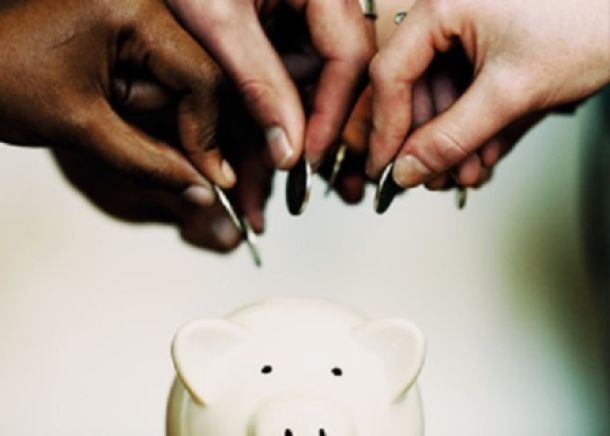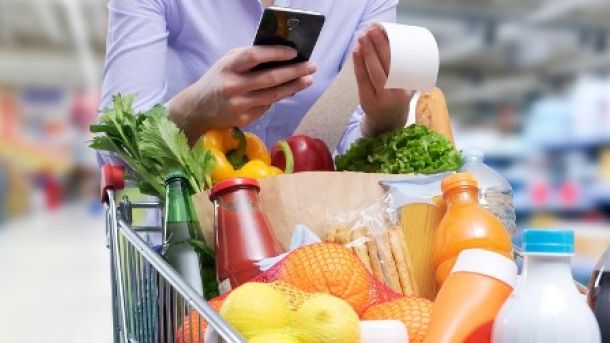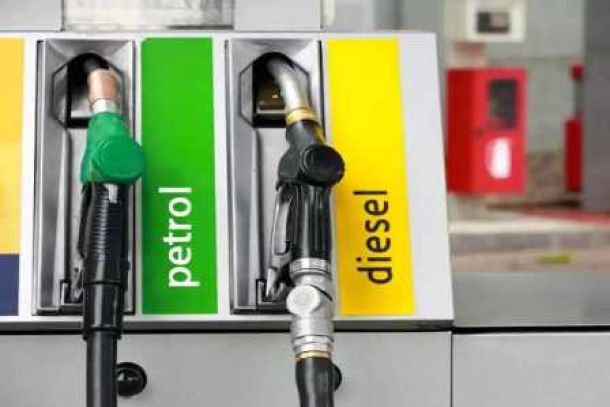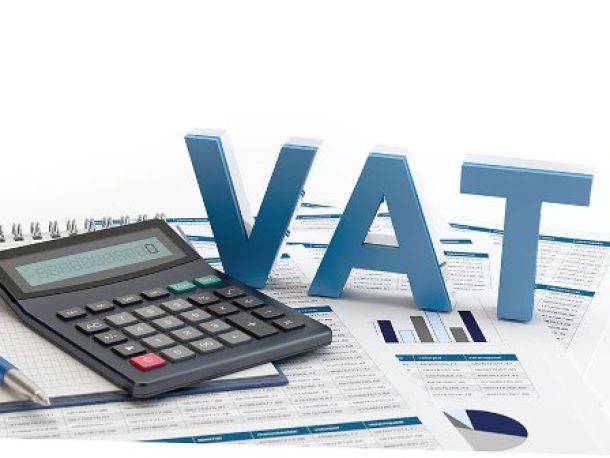SA enters recession as GDP contracts for a consecutive quarter
Gross domestic product contracted 0.7% for the first quarter of 2017, indicating that the country has entered into a technical recession, according to deputy director general of Economic Statistics at Statistics South Africa (Stats SA) Joe de Beer.
The latest GDP data was released by Stats SA on Tuesday 6th June 2017.
The contraction follows the GDP decline of 0.3% in the fourth quarter of 2016. In 2016, the economy grew only 0.3% for the year.
Compared to the previous year, GDP growth came to 1%. “Over the last four years there were instances of negative economic growth prior to the last two quarters,” said De Beer.
The main contributors to the contraction were the trade and manufacturing industries. Trade declined 5.9% and manufacturing contracted 3.7%.
The agriculture and mining industries were the only sectors which made positive contributions. Agriculture increased growth by 22.2% on the back of the drought recovery, and mining grew by 12.8%.
However, expenditure on GDP contracted by 0.8% in the first quarter.
Household consumption declined 2.3%, with spend of food and non-alcoholic beverages, clothing and footware and transport the major contributors to negative growth.
“We saw a clear link between household consumption expenditure and a decline in trade industries [growth],” said de Beer. “We can link this to the household sector not buying as much.”
Gross fixed capital formation grew by 1%, mainly due to machinery and equipment which grew by 7.9%.
Net exports contributed negatively to growth and expenditure on GDP, while goods and services contributed negatively to growth in exports. Exports of mineral products and vehicles and transport equipment were largely responsible for the decrease in goods, according to Stats SA.
Imports, which increased 3.2%, were driven by imports of mineral products.
Government consumption expenditure contracted 1%.
Recently the World Bank projected low growth for the following two years. The World Bank expects growth of 0.6% for 2017, 1.1% for 2018 and 2% for 2019. The projections for 2017 and 2018 are 0.5 and 0.7 percentage points less respectively than its January 2017 figures, Fin24 reported.
The Reserve Bank also revised down growth forecasts. At the monetary policy committee rates announcement in May, Reserve Bank governor Lesetja Kganyago said political tensions and the sovereign downgrades to junk status have presented risks to growth.
The Reserve Bank’s growth forecast for 2017 is now 1%, down from 1.2%. Growth projections for 2018 were cut down from 1.7% to 1.5%. Similarly, the 2% growth forecast for 2019 was revised to 1.7%.
At its recent credit review, ratings agency Standard and Poor’s (S&P) emphasised that low growth remained a concern. S&P explained political risks would weigh heavily on growth priorities and this would slow fiscal consolidation.
“We believe the current political environment could result in the private sector delaying business investment decisions, thereby restraining GDP growth,” said S&P.
S&P projects growth to rebound to 1% in 2017 and average at 1.5% between 2017 and 2020.
News Category
- International retailers
- On the move
- Awards and achievements
- Legislation
- Wine and liquor
- Africa
- Going green
- Supplier news
- Research tools
- Retailer trading results
- Supply chain
- Innovation and technology
- Economic factors
- Crime and security
- Store Openings
- Marketing and Promotions
- Social Responsibility
- Brand Press Office
Related Articles

Empowering South African households through gro...

SPAR shares practical tips to beat food inflation

South African motorists could be paying up to R...

Big VAT changes on the cards


